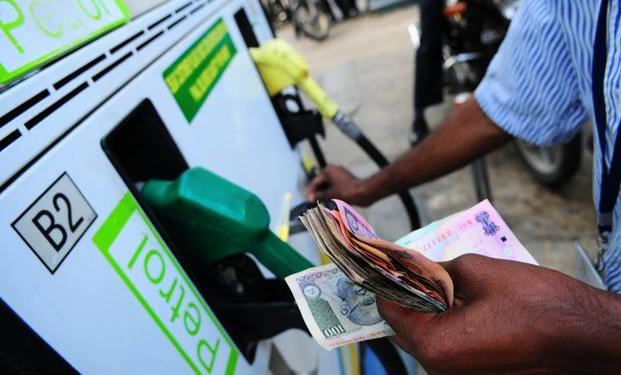India imports more than 75 percent of its domestic crude oil consumption with oil receipts accounting for almost one-third of the country’s total imports. After Modi government came to power, it got a bonanza of low oil prices. The exchequer saved the money spent on fuel subsidies and invested in the development of public infrastructure. The low prices help the country in reducing the burden on public expenditure, contains inflation, checks the ‘out of pocket’ spending of common people and keeps it low. As a rule of thumb, a 10 dollar increase in crude price leads to fuel subsidies worth 0.09 percent of India’s GDP. The 10 dollar increase in crude oil prices also results in current account deficit (CAD) worth 0.4 percent of the GDP.


The increase in crude oil prices in international market results in the reduction in capital spending by the government due to subsidy spending. The reduction in capital spending leads to a slowdown in GDP growth. Therefore oil prices in the international market are very closely related to the macroeconomic health of India. The probability of macroeconomic instability increases when oil prices move northwards. In the second half of last year, when oil prices in international markets grew exponentially, the consumers, as well as the government, faced severe problems. Last year, the rise in petroleum prices from mid of August to last week of September was due to the rise in crude oil prices in international markets but the media and opposition blamed the government for this.
2019 is very important year from both electoral and economic points of view. Therefore the estimation of oil prices in international markets is very important. The oil prices touched a new low in December last year. The decline in price was due to a surprise US move to grant exemptions to 8 countries including India over oil imports from Iran and various other global reasons. The rise in US inventories due to growth in shale oil production also resulted in softening the crude oil prices in international markets. The price of Brent crude oil declined in recent days to reach a 14-month low at 56 US dollar per barrel. The OPEC nations and Russia started cutting oil production in the initial months of the last but during mid of the year; they raised the production again. However, the slump in oil prices has forced them to agree on a production cut again. Oil exports by Saudi Arabia have notched the highest mark in the last few months but now the oil kingdom has also agreed to cut the production.

However, the cut in production by OPEC-Russia is not expected to revive the price of crude in international markets because American shale oil production is expanding at an exponential rate. The forecasters expected an increase of 1 million barrels per day but the industry registered a growth of 1.53 million barrels per day which is almost 50 percent higher than the expectations. To put it in perspective, the addition in US shale oil capacity is almost equal to half of Iran’s total output for a year. The US emerged as the top crude producer with 12 million barrels per day, ahead of Russia and Saudi Arabia. The US does not seem to have any plan to reduce shale oil production in the upcoming months. In fact, American companies have planned to increase production. So the price of oil is going to be low in the upcoming year which is good news from India’s perspective.
As Modi government seeks re-election in less than a year, lower fuel price is set to help it in the cause. The southward of oil prices will give the government a fiscal space to increase capital expenditure. The investment by the government in infrastructure development is set to increase the economic growth in upcoming years.































